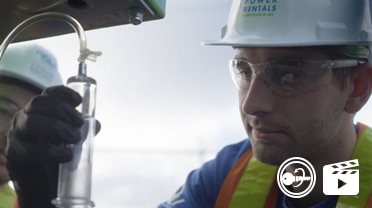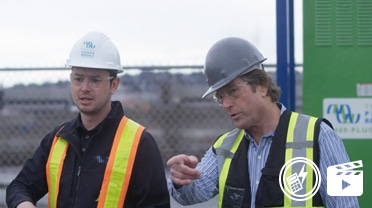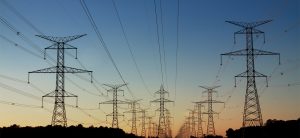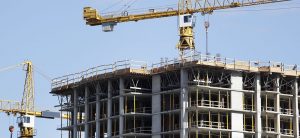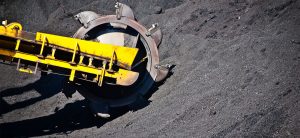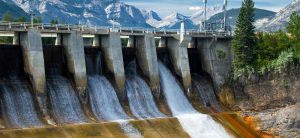- OUR APPROACH
-
COMMITTED TO YOUR SUCCESS
Our approach, developed over decades of experience, is fine-tuned to get the results you want.
We deliver concept-to-completion solutions, designed by temporary power specialists with access to the largest inventory of high-quality power generation and distribution equipment in North America.
-
- Equipment
-
RENTALS
From a wide range of diesel and natural gas generators to transformers, cable, light towers and more, our large rental fleet and extensive vendor network ensure we’ll have the temporary power equipment that your project requires — every time.
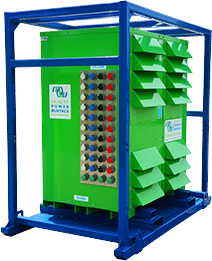
-
- Industries
-
INDUSTRIES WE SERVE
For nearly 20 years, we have been at work powering projects across Canada’s industrial sectors.
Select from this sampling of industries to learn how we can put our expertise to work for you.
VIEW ALL- Projects
- About
-
A PROUD HISTORY. A BRIGHT FUTURE.
From our inception in 1998, we have been building our team on a foundation of excellence. Our team members’ passion, expertise and commitment are what have allowed us to grow into a national company with projects across Canada.
Click on the links to learn more about our history, our team or our career opportunities.
- Blog
- Contact
-
In 2018, wildfires swept across California, burning nearly 2 million acres and prompting the declaration of a national disaster. The cost was astronomical: over 100 people lost their lives and the state sustained an estimated $3.5 billion in damages. Countless more lost homes and businesses.
In BC, while the damages were less severe, 2018 was also the worst fire season in the province’s history, burning over 3.3 million acres of land and surpassing the record set in 2017.
In Western Canada, the provinces of BC and Alberta employ wildfire fighters as the first line of defense against the increasingly pervasive wildfires that threaten natural resources and communities alike. These firefighters work long hours, in dangerous conditions and often in remote locations, far from amenities like hotels and restaurants and even farther from home.
Fireweed Camp Solutions, a full-service workforce accommodations provider, works with provinces to build and service the fire camps that house and feed wildfire crews and function as a base of operations.
Operating out of BC and Alberta, Fireweed has worked with the BC Forest Service for 25 years, making them an authority on the set-up and management of fire camps in Western Canada.
We spoke with Cody Gidney, co-owner of Fireweed to get a rare look inside fire camps — how they operate, their role in fighting wildfires, and of course, their temporary power requirements.
Fire Camps 101: What, Where and Why
While wildfires can — and do — happen near towns and cities, the majority of them are in remote locations, far from any of the amenities required to house and feed dozens or even hundreds of firefighters. “When you have longer distance travel times from any sort of community where the firefighters can be housed — for example, within a library complex, a rec center or gymnasium — it makes sense for the province to set up a fire camp,” explains Gidney.
Camps are also occasionally set up within a community when the number of firefighters or the duration of their stay makes it more financially viable to build a temporary camp than to use the town’s resources.
Camps are set up where they are needed and stay up until the fire has been neutralized – anywhere from one or two weeks to several months.
The square footage varies, but a typical fire camp will be roughly the size of a football field, and will have everything fire crews need — from large sleeping tents to kitchen facilities to operations trailers — and not much more. “It’s pretty bare bones,” says Gidney. “There’s no recreation, there’s no TV.”
That’s because, with their remote, often off-grid locations, fire camp amenities are focused on the essentials: “All the firefighters will be housed in tents, with 10 to 12 firefighters per tent,” Gidney explains of a typical layout. “The dining facility will usually just be tents with picnic tables inside.”
Camps will also have a kitchen facility for cooking and food prep, with a refrigerated truck for food storage, laundry facilities, and wash car shower trailers.
On top of providing the basic living needs of the firefighters, fire camps are also an important base of operations. Gidney explains, “There are trailers set up for the incident management team, and they’ll divide those into different groupings as well: logistics, fire map, and communications.” There is also a warehouse for storing and maintaining firefighting equipment.
Light Towers in the Wilderness: Powering Fire Camps
Because they are often remote, temporary fire camps usually require temporary power.
“Depending on the size of the camp, and it really varies there, we’re looking at 180 kW to power the whole camp,” says Gidney.
While amenities like kitchen appliances and hot water are run on propane, everything else, from lighting to communications equipment to water pumps, is powered with generators, and to a lesser degree, the extra power generated by light towers. “On the power generation side at the camps, lighting is a big one,” says Gidney. “They’ll have the big gen sets with the pop-up tower lighting, and those surplus gen sets provide power generation for not only the lighting, but other smaller loads as well.”
While lighting is important, perhaps the greatest electrical consumer at a fire camp is the communication equipment. “All the satellite equipment for Internet and fire mapping purposes would have a fairly high power consumption,” Gidney explains.
BC Versus Alberta: Two Different Approaches to Fire Camp Management
Each province approaches fire camp management differently. According to Gidney, the BC Forest Service owns its own fire camps. “They’ve got 2 warehouses, one in Prince George, one in Abbotsford. And they mobilize the fire camp equipment out of those two warehouses based on the location of the need,” Gidney explains. But in recent years, with the fire seasons being worse than usual, Fireweed has been called upon to deliver more than the manpower they have historically provided.
“When resources have been completely capped out, we’ve also been asked to provide full camp services,” explains Gidney. “We’ve provided the kitchen, wash cars, laundry facilities, power units, your grey water, black water and potable water system.”
In Alberta, fire camps are mainly long-term, winterized units called primary attack bases. “When they have large project fires, they’ll move their resources around throughout those primary attack bases closest to the fire,” explains Gidney. “But if there’s not any sort of primary attack base close to the fire, they will then mobilize fire camps, and those are provided by contractors.”
Fire Season Preparation: Planning and Relationships are Key
Those contractors are companies like Fireweed, which are often operating under fluctuating conditions and intense time pressure. “You never know where in the province the fire is going to be,” explains Gidney. That makes detailed advanced planning both difficult and crucial.
“Having everything pre-planned, knowing where all the available equipment is located in the province and who’s going to truck it to the site before the season even starts is key to being able to provide a fast, efficient service,” he explains.
That kind of planning requires hard work and good relationships with suppliers. Fireweed monitors fire danger rating systems throughout the fire season and when the hazard is high in any given area, they follow up with their suppliers in that area to make sure they have the necessary equipment — just in case.
“Having a good history and working relationship with the suppliers is really important. I can’t stress that enough, says Gidney. “When you make that phone call and you’re asking for something to be there, and you know it’s going to be there, that’s the most important thing.”
All that checking in, pre-planning and relationship building is what allows Fireweed to respond at lightning speed when a fire camp is needed. “Two years ago, we got a call for up near Williams Lake,” Gidney recalls. “We put a full camp in for the BC Forest Service in 72 hours. That’s from the call to the first meal.”
As fire seasons lengthen, and the size and severity of wildfires break records year over year, fire camps and the contractors who build and power them, play a crucial role on the front lines of wildfire management. And when the fire has been put out? The camp is taken down and moved to the next location — gone as quickly as it was built.
Subscribe for access to exclusive content
